Summer Time Teachers Summer Time Funny
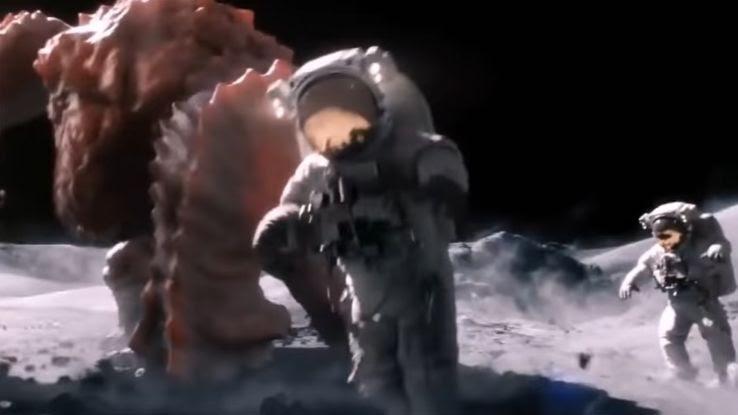
Affective commercials don't only sell usa a great product; they also tell a story. People buy with their emotions earlier their logic, which makes advertisements that play on feelings so effective.
These are the most iconic commercials, the ones that accept stayed in viewers minds years or fifty-fifty decades afterwards the fact due to their memorable stories, controversial statements or hilarious jokes. Which one of these products would you buy based on the commercial?
Calvin Klein: "Obsession" (1986)
The fix of this commercial for Obsession perfume looks like an Escher painting because of its black and white color scheme and multiple staircases. With its emphasis on flowers and sleek, sophisticated shapes, it was easy to run into Obsession was near to be a worldwide, well, obsession.
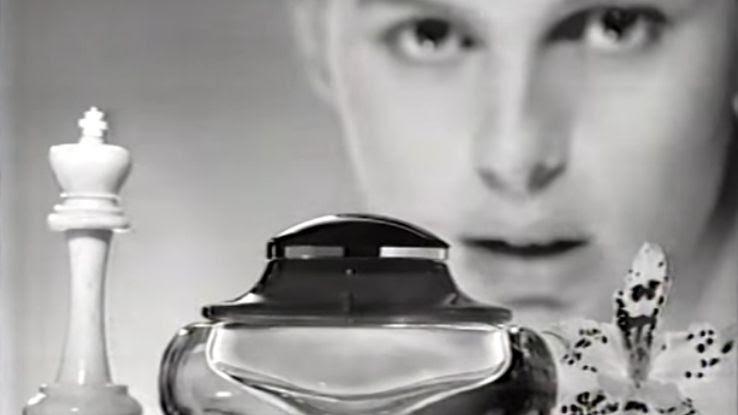
This highly stylized fine art house film was dreamlike, exotic and fabricated an impression, not but for its direction, merely also considering it fabricated no sense. Who knew confusing your consumers could lead to millions of dollars in acquirement?
George Orwell's novel 1984 is a staple of popular culture, so it'south not surprising that someone tried to utilise information technology in a commercial in the titular yr. In this Super Basin commercial, Apple states that its applied science can remove you from the iron clutches of Big Brother and lead yous to liberty.
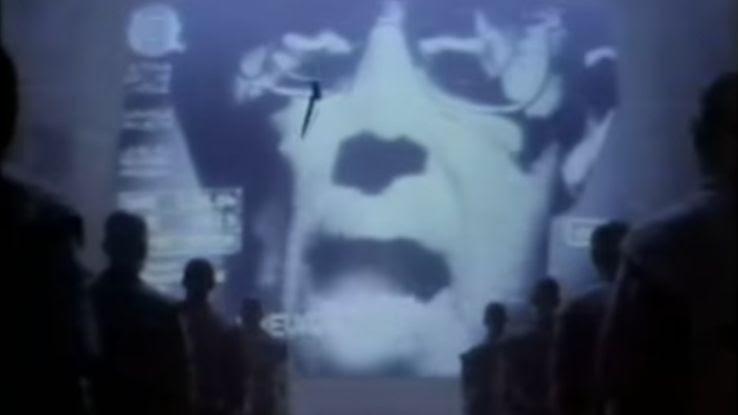
Apple'southward "1984" is credited for making Super Bowl commercials a thing in the commencement place and won many awards, including a Clio Award. Ad Historic period named it the number one Super Bowl commercial of all time — an impressive feat, considering information technology'southward ane of the firsts.
Coca-Cola: "Hey Child, Catch!" (1979)
In this commercial from 1979, Mean Joe Green shotguns a Coke given to him past a immature sports fan after a game. As a thank you, Dark-green tosses his jersey and spouts the famous line, "Hey kid, catch!" which has been parodied and referenced ever since.
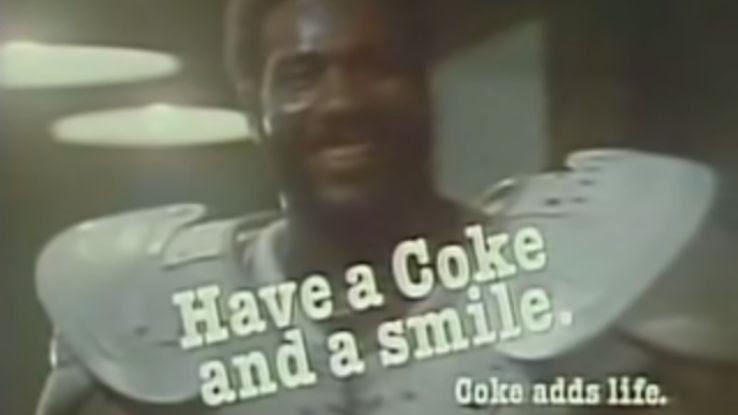
Not only did it win a Clio honour, but it also inspired a 1981 made-for-tv set movie, The Steeler and the Pittsburgh Kid. Moreover, African-Americans were nevertheless a rarity in commercials at the time, and the success of the ad further showed the importance of portraying them in media.
Metro Trains: "Dumb Ways to Die" (2012)
This animated Australian safety campaign was designed to promote kid safety. Its animated drawing characters told children how to avoid danger around trains specifically, but besides featured electrocution, food poisoning and burn.
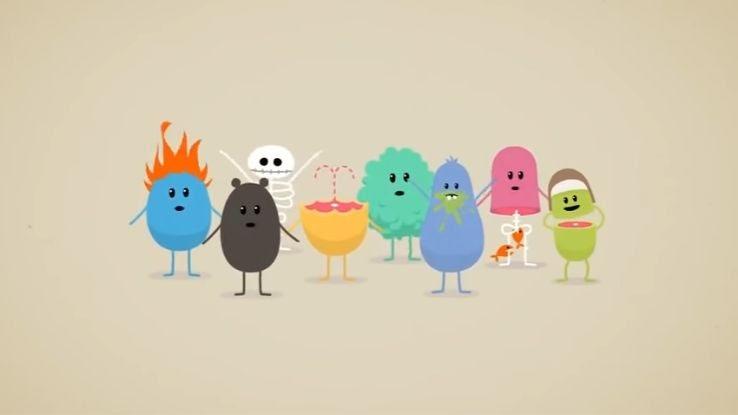
The campaign became the about awarded entrada in history at the Cannes Lions International Film Festival of Inventiveness and led to multiple spin-offs, including a mobile game, children's books and toys. It's likewise credited with improving rubber effectually trains in Commonwealth of australia, reducing the number of "near-miss" accidents by more than 30 percent.
PSA: "This Is Your Brain on Drugs" (1997)
"This is your encephalon. This is your encephalon on drugs. Any questions?" This tough-beloved PSA was no doubt scary for children just was memorable in delivering its anti-drug rhetoric. The campaign was and so pop and quotable that another campaign was launched that featured the extra slamming the frying pan into dishes and other breakable objects.
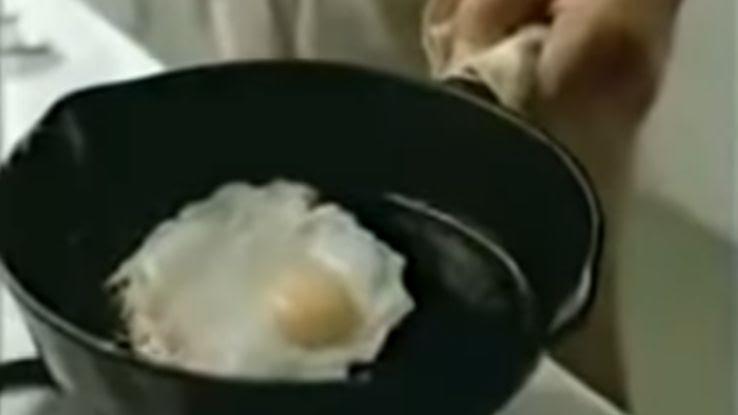
Multiple PSAs were made in the '80s to warn children of the dangers of drugs, but the sizzling eggs on the pan is the near iconic. Granted, whether it was effective in preventing drug use may be a different thing.
Monster.com: "When I Grow Up … " (1999)
Sometimes, an effective advert entrada is a parody of less successful commercials. "When I Grow Upwardly…" was exactly that, a parody of aspirational commercials that told children to reach for the moon and stars. Where other ads came across every bit too idealistic to believe, this one didn't take itself too seriously.
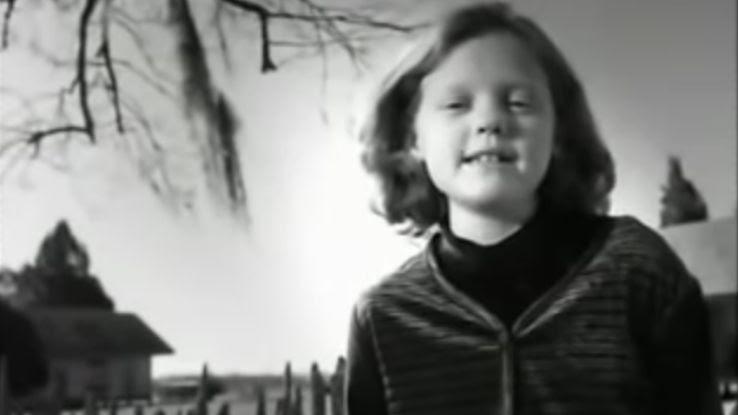
Monster's motivating ad is funny and unconventional, and overnight, it doubled the monthly viewers on the job website from ane.5 to ii.v million. It also won multiple industry awards for its message.
IAMS: "A Boy and His Canis familiaris Duck" (2015)
America loves coming of age stories, especially easily digestible ones. This commercial told the story of a boy and his dog Duck, who both grow old together as the viewer learns why the dog received his unique proper name. Spoiler: Duck is how the male child pronounced the name "Duke" when he was a kid.
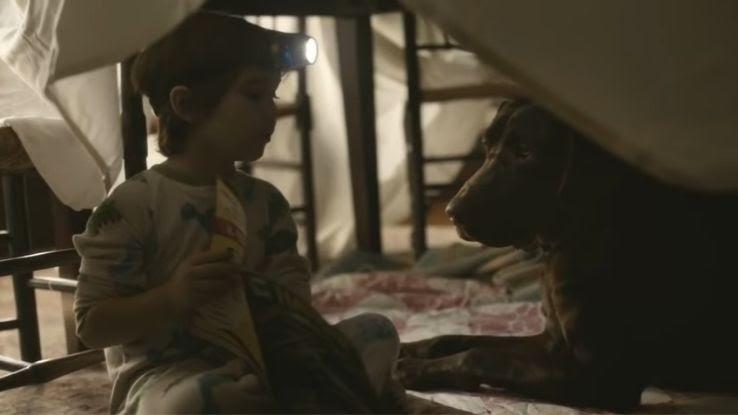
Yeah, it'southward emotionally manipulative. Yep, IAMS isn't a specially unique canis familiaris food brand, and aye, many viewers probably knew what the advertizement was doing, merely people cried anyhow. Information technology's not every 24-hour interval that a commercial breaks your heart like this.
Extra: "Origami" (2013)
Why is a glue commercial trying to make you weep? Much similar the previous commercial, this i uses the story of a parent-child relationship and origami wrappers to tell a sweet story. The trivial girl places all the origami swans they've made together in a shoebox and takes them off to higher. It'southward hard not to make an audible "Aww" when you encounter it.
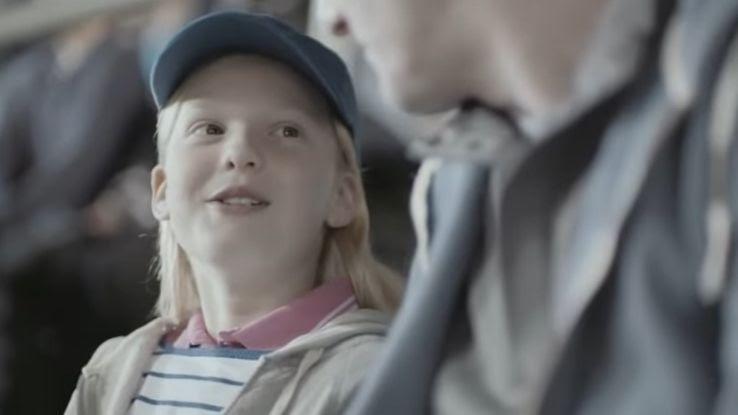
This "time-flies" commercial is well-nigh enjoying the niggling things while sticking together through hardships. Kind of like how gum sticks to the lesser of a desk, although that probably wasn't the comparison they were going for.
Casper: "Can't Sleep?" (2017)
Mattress company Casper decided to create an unorthodox advertizing aimed at a core part of its consumer base of operations: insomniacs. The commercial itself is only a 15-2nd snippet of relaxing imagery and the number for a hotline along with the words, "Can't sleep?" It aired at 2 am.

If you do decide to call the number, an automatic voice reads off a list of relaxing sounds and slumber-inducingly dull recordings you lot can listen to. Unless y'all stay on the line to hear what number nine is, yous won't fifty-fifty know that Casper is behind the line. Information technology's certainly an unforgettable arroyo.
John Lewis: "The Bear and the Hare" (2013)
Are yous from the United kingdom of great britain and northern ireland? If you are, yous've no doubt seen the annual John Lewis & Partners Christmas advertisements for the department store of the aforementioned name. 2013's commercial was peculiarly noteworthy. It told the heartwarming story of a bear who receives an alarm clock for hibernation from his friend, the hare.
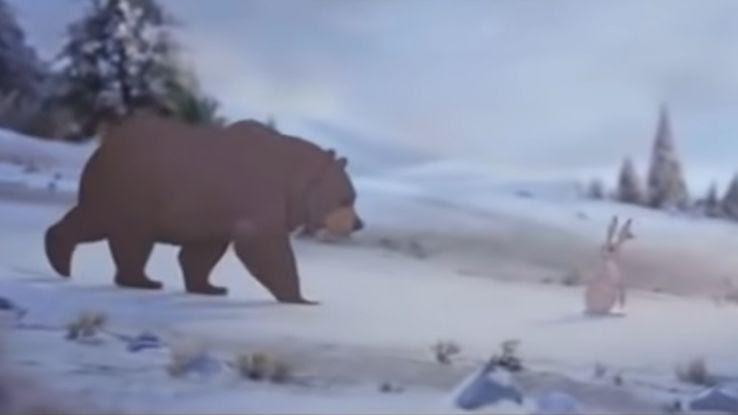
The animated commercial was set to a Lily Allen embrace of Keane's "Somewhere Only We Know" beautifully compliments this two-minute advert, and Disney veterans came together to complete this masterpiece. Information technology won multiple awards and also boosted alarm clock sales by 55 pct.
Chipotle: "Back to the Offset" (2011)
This heartwarming stop-motion Chipotle campaign followed ii farmers who moved to a more sustainable farm, and information technology was insanely popular in 2011. It featured a moving cover of Coldplay'due south song "The Scientist" past Willie Nelson.
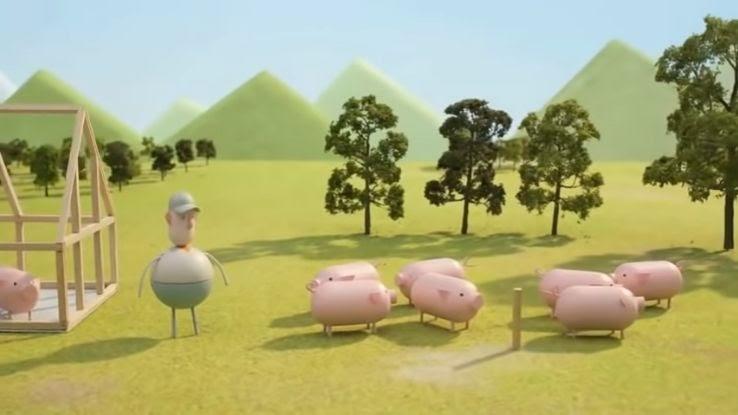
The campaign picked upwards a lot of steam in the early on 2012s after ambulation during the Grammy Awards. To Chris Martin'southward chagrin, many viewers and critics thought the terminate-motility commercial gave a better performance than Coldplay that nighttime.
John West Salmon: "Acquit" (2000)
In this mockumentary commercial near a bear fishing, a guy shows up and kung-fu fights the bear and then he can steal his salmon. A scene that could exist stolen from National Geographic turns into Fight Club in seconds.
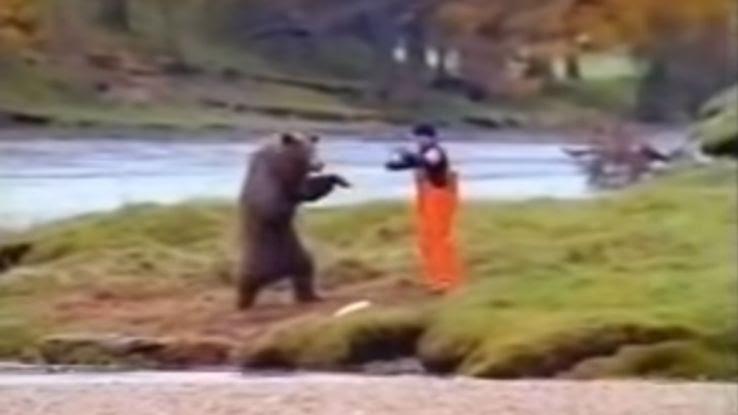
"Bears" won awards for its well-timed comedy and quickly became a viral sensation, receiving over 300 one thousand thousand views. Information technology was also voted the Funniest Ad of All Time in Campaign Live'south 2008 viewers poll.
Old Spice: "The Man Your Man Could Olfactory property Like" (2010)
Onetime Spice wasn't a company that preferred funny commercials over serious marketing at first, simply that all changed in the 2010s. Isaiah Mustafa delivered kept audiences laughing from start to finish and fabricated the phrase, "I'm on a horse," a joke all on its own.
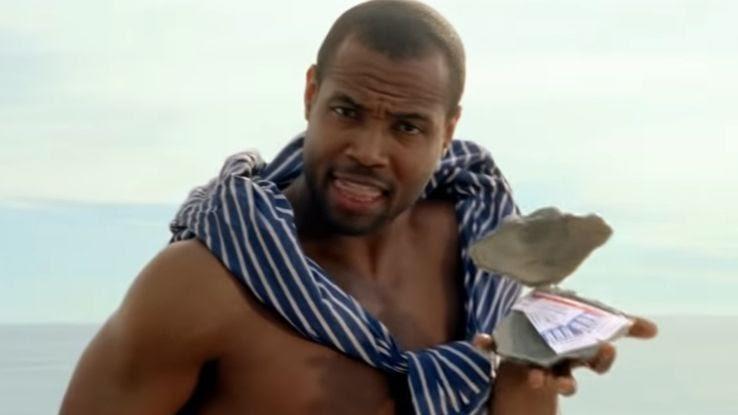
The commercial won a slew of awards, and after receiving over 55 one thousand thousand views on YouTube, Onetime Spice decided to brand even more ads using the same premise, thereby giving birth to the Old Spice Guy and a k memes.
Go on America Cute: "Crying Aboriginal" (1971)
This commercial depicting a Native American crying over the pollution of his land was one of the nearly successful campaigns run by Keep America Cute, a nonprofit that advocates for litter removal along highways. The commercial has become a hallmark of 70s environmentalism.
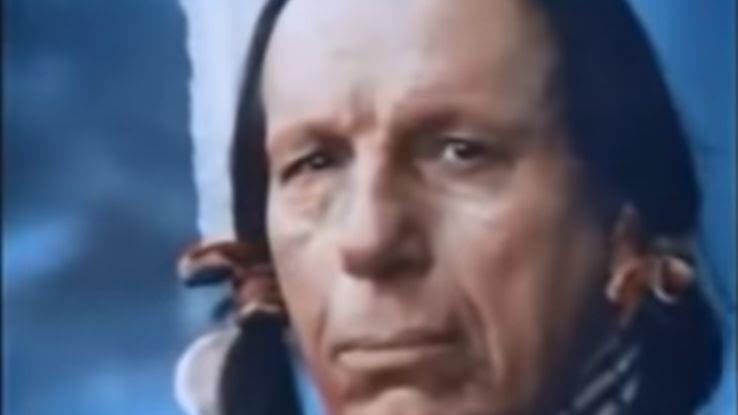
Fun fact: While Iron Eyes Cody, the actor who played the Native American chieftain, claimed to be Cherokee, his family unit said otherwise, and he was confirmed after death to really exist Sicilian. His birth name was Espera Oscar de Corti. He too needed to habiliment a life preserver nether his buckskins when he was canoeing on the river because he couldn't swim.
Mentos: "The Freshmaker" (1992)
This advertisement for Mentos processed combined a Euro-pop jingle with corny acting and the beauty that was 90s manner. Information technology wasn't effective at first, but it did give visibility to a processed that wasn't well-known in the Usa until this ad campaign.
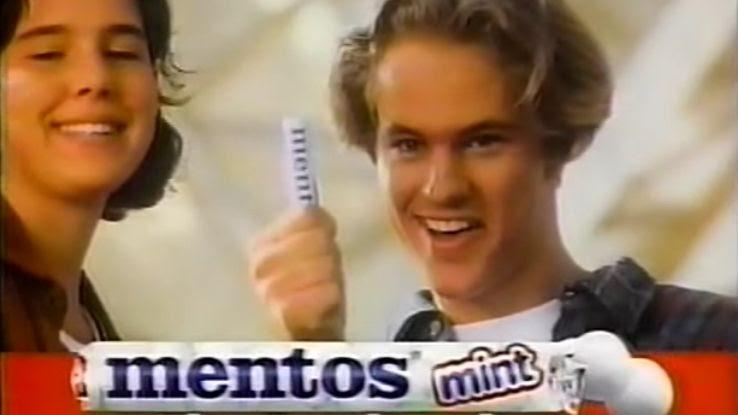
Gen-Xers beloved the catchy jingle, and so did the Foo Fighters. The music video for their single "Large Me" parodied the ad and won an MTV Video Music Award for its trouble. The manager of the video, Jesse Peretz, chosen the original commercial "total lobotomized happiness."
Nike: "Hang Time" (1989)
If you've ever thrown a sheet of rolled-up paper in the trash while yelling, "Money!," you have "Hang Time" to give thanks for that. Director Spike Lee and Michael Hashemite kingdom of jordan collaborated to make fun of the traditional "hero athlete" image to create a serial of hilarious commercials.
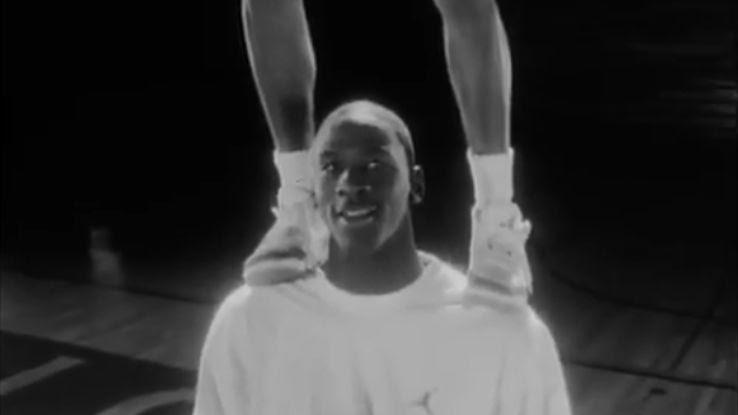
Spike Lee appeared in the commercials as motormouth Mars Blackmon. This ten-office serial made Air Jordans a household name and popularized multiple slang terms and jokes. Michael Jordan has appeared in hundreds of commercials overall, including his infamous McDonalds' appearance, just this one is his best.
Wendy'due south "Where's The Beef?" (1984)
Wendy's, Burger Rex and McDonald's are fast-food rivals to cease all fast-food rivals. While the get-go of the three has oft lagged behind its competition, the catchphrase, "Where's the Beef?" from a Wendy's Super Bowl commercial helped information technology catch upwardly a bit by drawing attention to the lack of beef in its rivals' burgers. The phrase has subsequently come up to mean calling the substance of something into question.
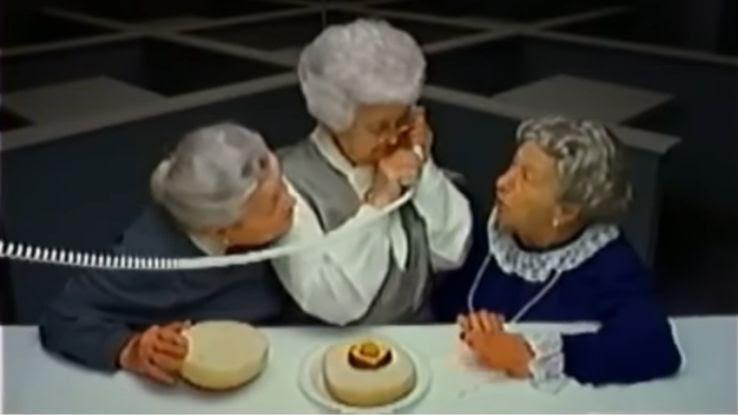
The ad campaign helped boost Wendy'south revenue by 31 pct that year and was used in Vice President Walter Mondale'due south presidential campaign. Not simply did the campaign sell more than meat, but it too revived Mondale's flagging entrada. Talk about 2 birds with one stone.
Budweiser: "Wassup?!" (1999)
Beer commercials are well known for using beautiful women in their ads, which made Budweiser's "Wassup" commercial all the more unique. Information technology showed guys simply hanging out,, and information technology fabricated the beer a subtle element in the commercial itself. This Super Bowl ad created a new genre of commercials that used entertainment to sell a product.
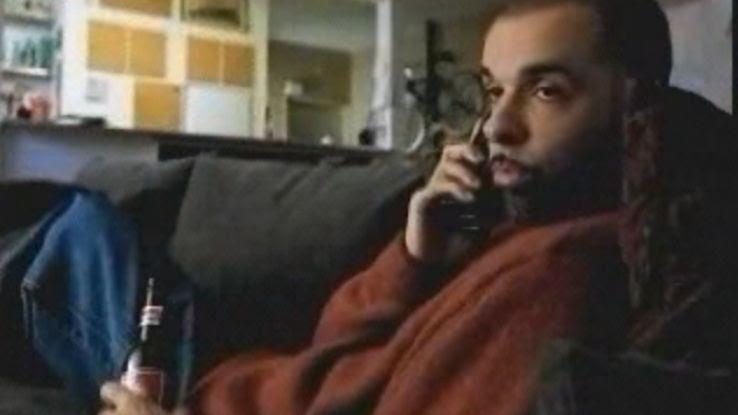
"Wassup" became a worldwide phenomenon and was subsequently parodied throughout the early 2000s, including through an entire scene in Scary Motion picture. This Budweiser campaign is nevertheless popular to this day, with Burger Male monarch creating a variation of its ain in 2018.
IKEA: "Dinning Room" (1994)
In 1994, IKEA launched a trilogy of ads focusing on unlike families ownership dining room piece of furniture, including a husband and wife, a divorcee and a gay couple. The religious correct protested ad featuring gay men, only IKEA didn't back down.
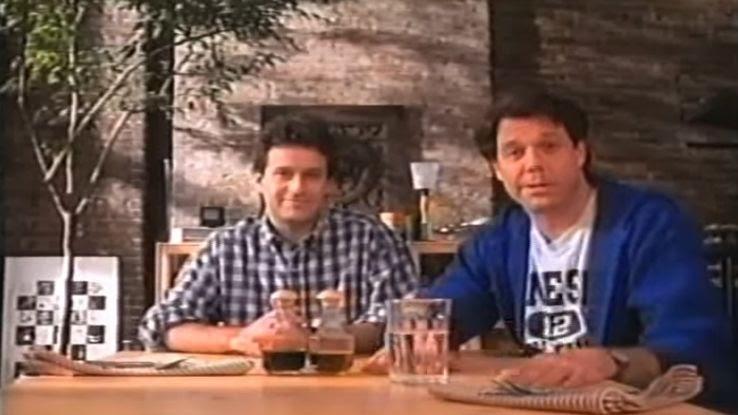
The Swedish article of furniture visitor argued that the commercial wasn't a political statement. They just wanted to portray modern Americans in all their different relationship status. IKEA won major points with the LGBTQA community and their allies, leading to boosted sales.
Chanel No. five: "Marilyn" (1994)
When Marilyn Monroe told an interviewer that she wore only Chanel No. five to bed, it made the company millions of dollars. To capitalize on that success for a new generation, Chanel used a mix of interim and applied science to morph Carole Bouquet in Marilyn Monroe singing I Wanna Exist Loved by You.
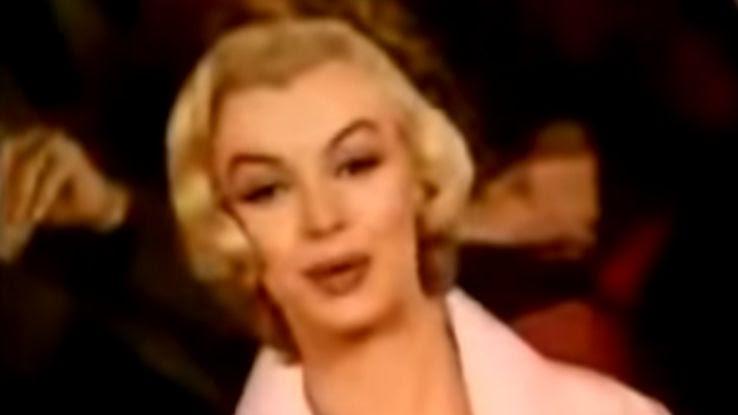
Chanel paid a pretty penny to use Monroe's likeness and song, just the money was worth it, as sales skyrocketed. Chanel No. five is still the peak-selling perfume for the company, and it's in part considering of the cultural cachet the ad gave the pic years ago.
TRIX: "Trix Are for Kids" (1959)
"Silly rabbit, Trix are for kids!" says a plucky young girl after outsmarting an blithe rabbit. That rabbit has been on a quest for the fruity goodness of Trix for decades at present, but to this twenty-four hours, he hasn't had a bite.
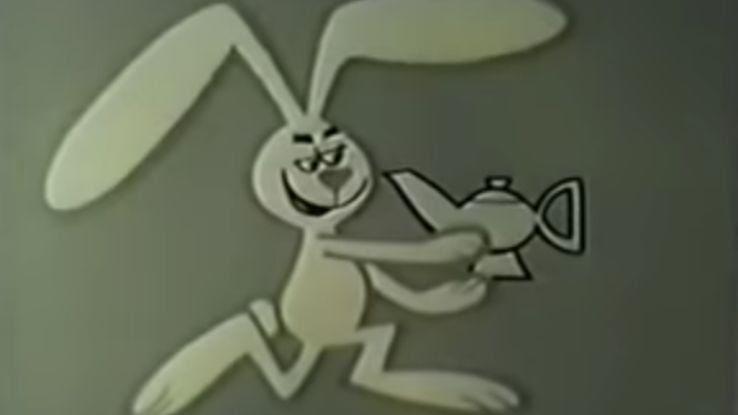
The ad campaign was so popular that 50 years later on, people are still saying the catchphrase to ward off people from their food. While sales for the cereal are down as of late, the brand still managed to milk years of success from a single advertizing.
MEOW Mix: "Singing True cat" (1972)
The classic Meow Mix song is a hit today, but it was actually the result of an accident. While filming a cat eating for employ in a commercial, the cat in question began to choke on its food. While the true cat was fine, the footage was unusable — until someone decided to accept a snippet of the video and use information technology to create the famous lip-synced cat.
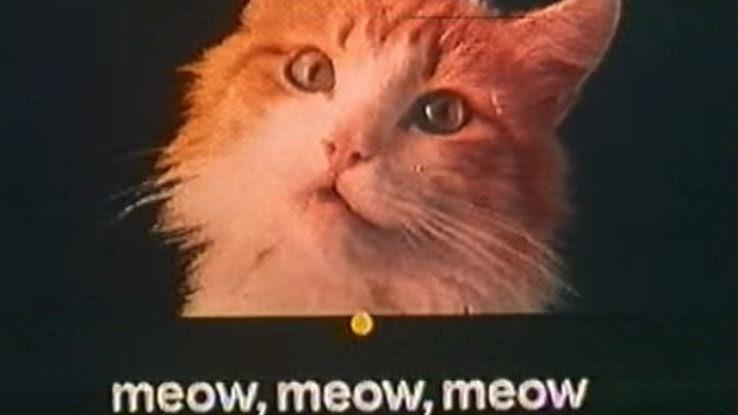
The spot the Meow Mix song simply cost around $3000, merely the company later made millions off of the funny commercial. It was so successful that the true cat was somewhen printed on bags of cat food.
Reebok: "Terry Tate, Office Linebacker" (2003)
In this Super Bowl commercial, Terry Tate destroys an role edifice and its staff and gets paid for it. If you lot haven't already watched this, you lot're in for a treat. The one-liners and outrageous beliefs truly earn this commercial a place in the advertizement pantheon.
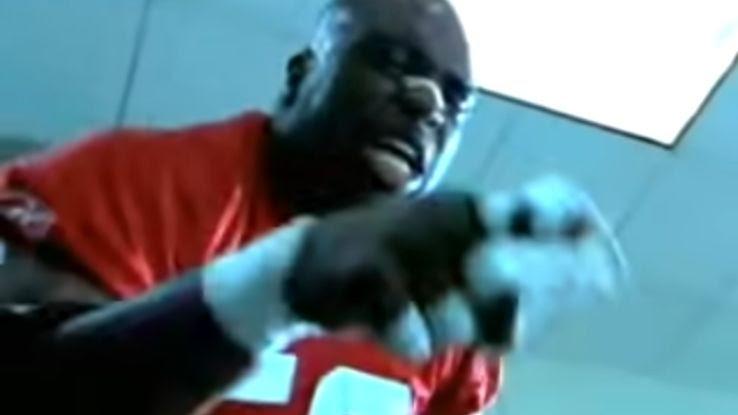
Although it was incredibly popular, merely 55 percent of viewers polled remembered that the commercial had anything to exercise with Reebok. The visitor reported that sales still went upwards fourfold online, but the ad even so serves as a warning sign that non all successful ads lead to college sales.
Snickers: "Hungry Betty White" (2010)
Is Betty White ever not funny? The answer is no. During the 2010 Super Bowl, the former Gold Daughter starred in the now famous "You lot're Not Yous When You're Hungry," which spawned an unabridged series of additional ads.
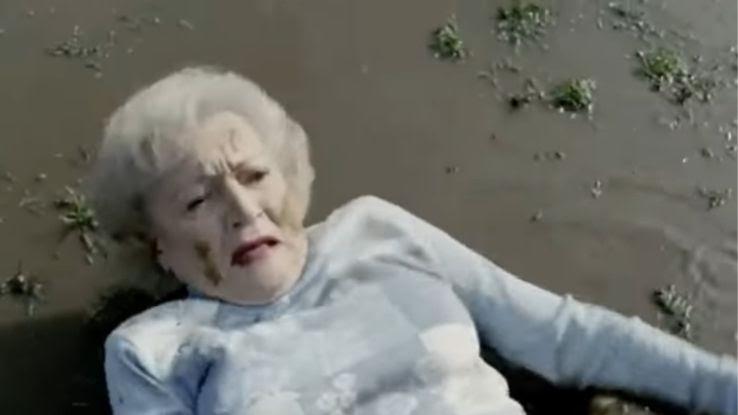
The advertising won the nighttime for best Super Bowl commercial and helped Snickers earn a total of $376 million in 2 years. It was also credited with revitalizing Betty White's career, who appeared on Saturday Dark Alive and other leading roles soon subsequently.
Honda: "Paper" (2015)
This unique ad takes viewers through Honda's 60-year history. It starts with Soichiro Honda's idea of using a radio generator to power his wife's vehicle and ends with a scarlet Honda driving away in the desert. The paper background makes the commercial feel nostalgic and personal.
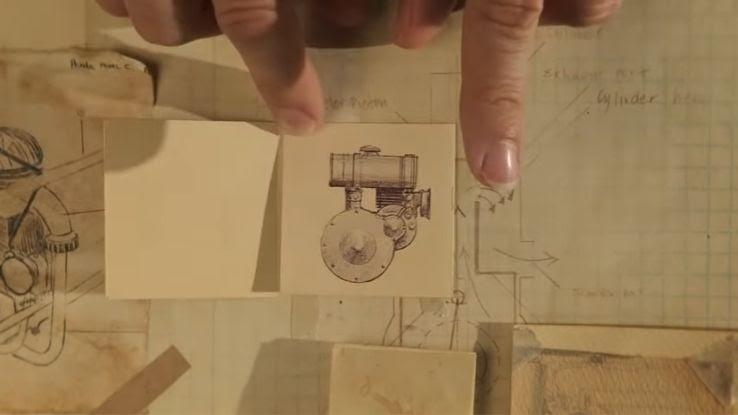
Honda fabricated such an impact on their target market place that it won an Emmy Award. Created through iv months of paw-fatigued illustrations past dozens of animators, the paper flipping and stop-motion techniques used in the commercial proved revolutionary.
E-Trade: "Monkey" (2000)
Advertising Historic period described this ad equally "impossibly stupid, impossibly brilliant," and that's certainly not wrong. Eastward-trade is an investment website that helps people make informed decisions nigh things like stock and bonds. The commercial shows a chimpanzee dancing in a garage and lip-synching "La Cucaracha."
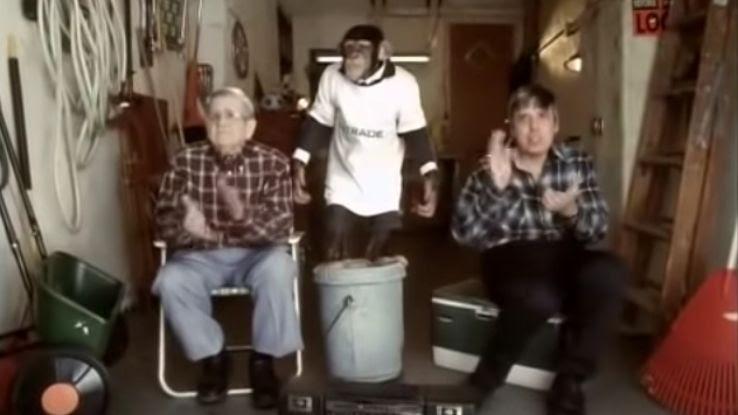
The off-rhythm, flannel-clad seniors apparently paid $ii meg for the privilege of spending time with this primate. East-Trade informs the viewer that there are ameliorate ways to spend hard-earned money, and they can help.
Mountain Dew: "Puppy Monkey Baby" (2016)
"Puppy Monkey Baby" features, unsurprisingly, a weird hybrid animate being resembling a infant, monkey and pug. It was baroque, and probably the cause of many a kid's nightmares, just it was a social media success. It generated 2.ii meg online views and 300k social media interactions in one night.
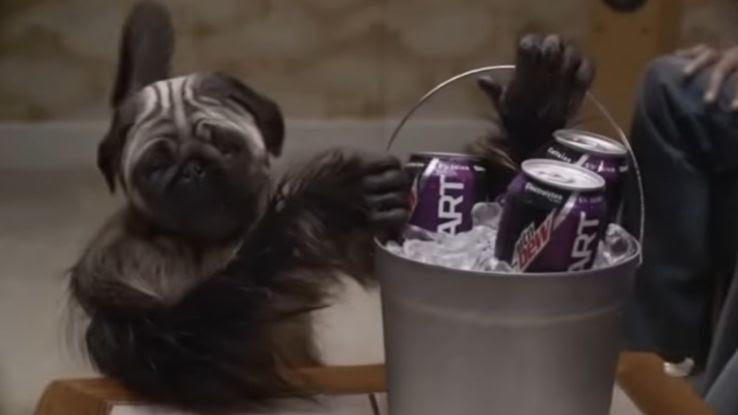
Mountain Dew knew that confusion over the sketch would depict attention, and they were correct. Whether people loved the Puppy Monkey Infant or hated it, Mount Dew was on their minds. This bizarre creature led to millions in sales.
WATERisLIFE: "Kenya Bucket List" (2013)
Thank you to adoption adverts from the 1960s, it's well known that many rural parts of Kenya have poor drinking water. In 2013, nonprofit WATERisLife created a campaign that brought awareness to this fact once more. In fact, according to the advert, one in 5 children in Kenya won't accomplish the age of five.
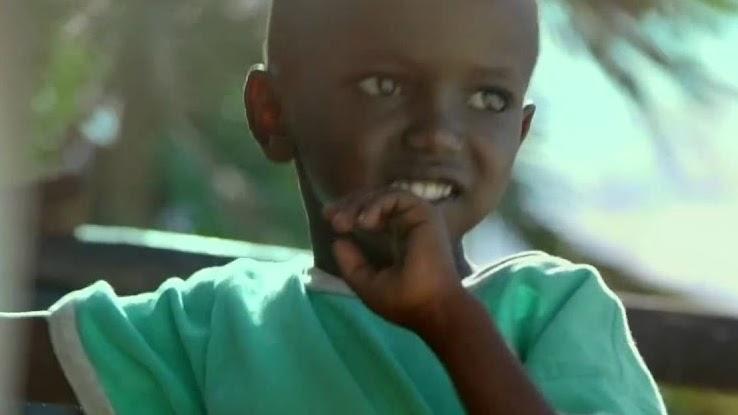
Ii adorable 4-twelvemonth-olds, Maasai and Nkaitole, go on an adventure to see everything they can "before they die." The ad pulled at the nation's heartstrings and started a domino effect of mass donations.
Volkswagen: "The Strength" (2011)
Volkswagen'south "The Force" is currently the nearly-watched Super Bowl commercial of all fourth dimension. In the commercial, a tiny child dressed as Darth Vader tries to utilise the force in multiple ways. He "successfully" uses it against a car when his father secretly activates information technology with a remote.
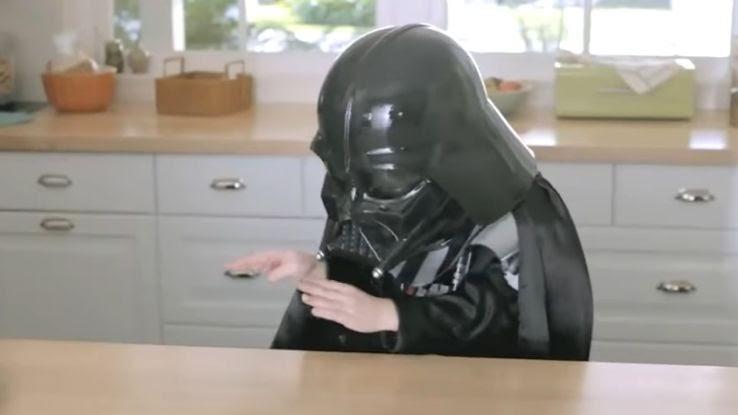
Volkswagen released the ad early on YouTube, where information technology gained 1 million views overnight, and 16 million more before the Super Bowl. It paid for itself before the ad ever ran on television. Earlier this advert, information technology was unheard of for advertisements to work then effectively earlier their initial release.
Thai Life Insurance: "Unsung Hero" (2014)
This Thai Life Insurance commercial was massively popular considering of how beautiful and touching its story was. It follows a man who likes to do prissy things for people, just this "unsung hero" doesn't get whatever adoration for information technology — in the start.
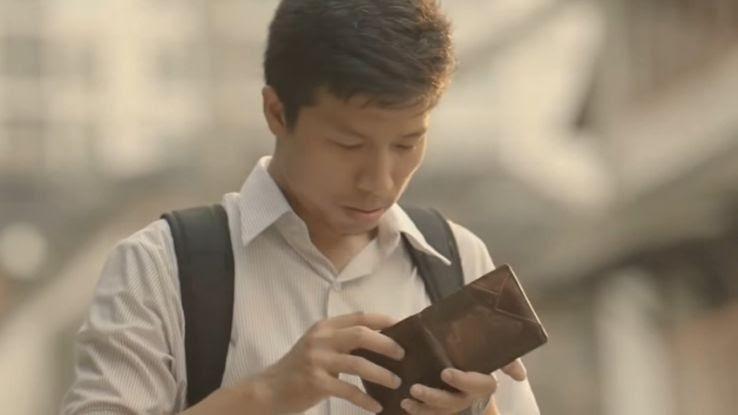
Plain, ads that showcase a good cause and tug on the viewers' heartstrings are specially effective in E Asian countries. Considering how popular it was in the Us, it must have had an even better run in its native Thailand.
Source: https://www.ask.com/tvmovies/most-important-commericals-all-time?utm_content=params%3Ao%3D740004%26ad%3DdirN%26qo%3DserpIndex
0 Response to "Summer Time Teachers Summer Time Funny"
Post a Comment